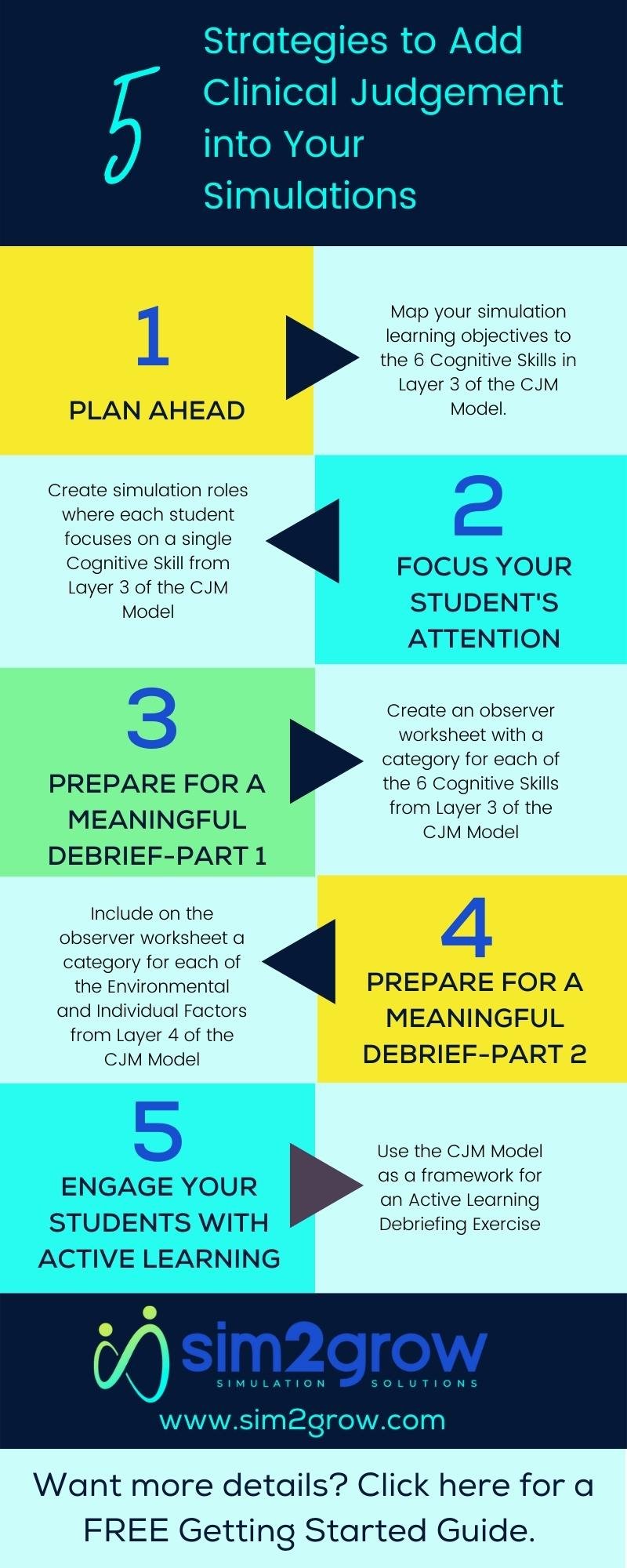Nurses are responsible for a large percent of the patient-care judgments and decisions made every day in health care. We know that newly licensed nurses are required to make increasingly more complex decisions about patients.
An ounce of prevention...
Poor patient outcomes and adverse events can be prevented when patient-care decisions are based on good clinical judgment. Findings from the 2013-2014 NCSBN Practice Analysis confirm the importance of applying sound clinical judgment to many tasks performed by entry-level nurses. In fact, clinical judgment was linked directly to more than 46% of tasks performed by entry-level nurses.
Core Components of Clinical Judgement
Clinical Judgment involves recognizing cues about a clinical situation, generating and weighing hypotheses, taking action, and evaluating outcomes to arrive at a desired patient outcome. It is defined as the observed outcome of critical thinking and decision making. The process uses nursing knowledge to observe and assess situations, identify a prioritized patient problem and generate the best possible solutions in order to deliver safe care.
On “paper” this makes sense and seems obvious. But context matters. Perceived risks and consequences of a decision, time constraints, lack of experience and lack of confidence will influence how and why nurses make decisions in the clinical setting.
Simulation: the tool of choice
So how do we teach our students clinical judgement? Where can they practice critical thinking and decision-making, form clinical judgments and test them out? Of course, we know the answer to these questions is the simulation lab. Before the NCSBN’s Clinical Judgment Measurement Model and before Next-Generation NCLEX, simulation professionals have long recognized the sim lab as the safe place to develop not only psychomotor skills, but patient-care thinking skills.
Here are five specific steps you can take to be sure your students understand the individual components of clinical judgment and have the opportunity to identify them, work through them, talk about them, and make them part of their clinical practice.


.webp?width=352&name=s%20(4).webp)
.jpg?width=352&name=s%20(7).jpg)
